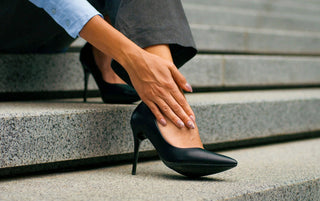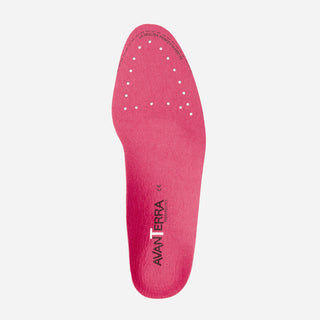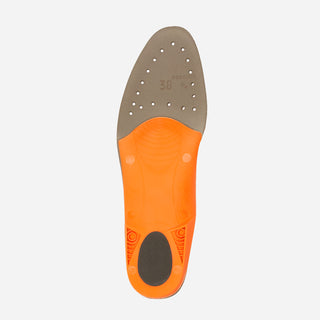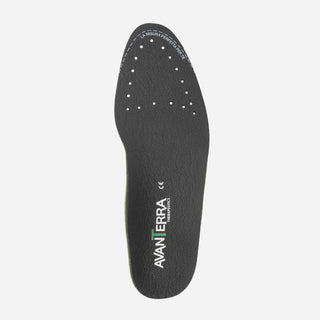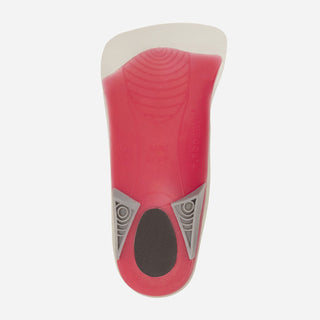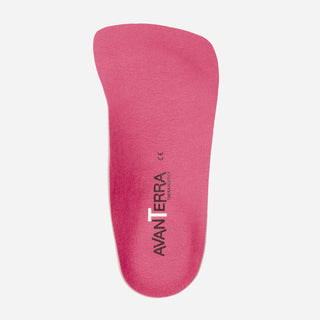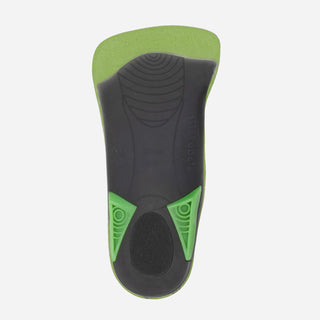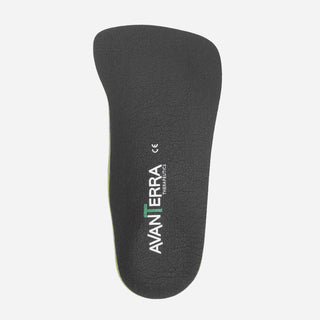Morton's Neuroma of the foot is a fairly common disorder, which statistically affects women more than men. The patient who hears about Morton's Neuroma for the first time often does not know this disorder in depth and tends to worry.
This is not a serious or rare problem: in fact, it affects many people and can be treated with a simple conservative therapy . In this article we will answer the most frequently asked questions about this disorder: what is Morton's Neuroma, what are the symptoms , the triggers and the natural remedies to be preferred for a correct recovery.
What is Morton's Neuroma?
Morton's Neuroma affects the 3rd and 4th toes, causing mild or acute pain in the common digital nerve . This disorder is often caused by small, chronic traumas located at the point of transition between the 3rd and 4th metatarsal heads.
This is metatarsalgia , or an intense inflammatory pain localized in the lower part of the foot, along the metatarsal bones.
The main causes
This inflammatory pathology is caused by chronic overall microtraumas. Over time, microtraumas generate fibrous tissue inside the nerve. The nerve then increases in size and thickens, becoming compressed between the heads of the metatarsals.
It is often assumed that this disease is caused by incorrect footwear : a mistaken belief, as shoes can only aggravate the symptoms, but not be the main cause. High or too tight shoes should not be used by those suffering from Morton's Neuroma, but they are not the primary cause of this problem.
Microtraumas that cause thickening of the nerve are associated with specific problems of forefoot support, connected to conditions such as flat feet, hallux valgus or cavus feet.
Morton's Neuroma: Symptoms
How to understand if you suffer from Morton's Neuroma? First of all, this metatarsalgia is characterized by the type of pain, stabbing and very similar to an electric shock . The pain occurs when the foot is placed on the ground and can decrease when the patient takes off his shoes.
The pain is not constant, but can disappear even for days and reappear even if the foot is at rest, or during the night, when the patient is sleeping. Often one of the symptoms of this pathology is a strong tingling in the foot.
Morton's Neuroma Remedies
Before resorting to surgery, it is possible to treat this metatarsalgia with conservative therapy. In particular, for the natural treatment of Morton's Neuroma, it is recommended to use specific footwear with orthoses .
The Morton's Neuroma insole can support the foot very well, allowing for adequate support and alleviating the problem of compression on the inflamed nerve. Morton 's Neuroma insoles and insoles are an important ally for those who suffer from this pathology. However, they often do not allow for a definitive resolution of the problem since the pain tends to recur.
In addition to wearing insoles and orthotics for Morton's Neuroma, it is a good idea to proceed with a treatment based on cortisone infiltrations and anesthetic solutions, injected directly into the affected area of the foot.
How to Reduce Morton's Neuroma Inflammation
To reduce pain and inflammation, it is recommended to keep the foot at rest and to frequently apply ice packs . Statistically, about 50% of patients affected by this pathology are able to reduce the inflammation of the pain by using appropriate footwear.
When is surgery necessary?
When the size of the Neuroma exceeds 5 mm, it is necessary to proceed with surgical therapy. In these cases, the minimally invasive technique will be preferred, by cutting the skin located on the back of the foot for about 2 cm. The surgeon can reach the intermetatarsal area and thus remove the Neuroma.
The patient can fully recover the use of the foot, without any problem related to the functionality of the toes and therefore to walking. A possible consequence of the surgery is a slight numbness on the inside of the toes.
The rehabilitation process is usually quick and involves the use of insoles and specific footwear, which must be worn for a few weeks. Physiotherapy sessions or the use of crutches are not necessary.
